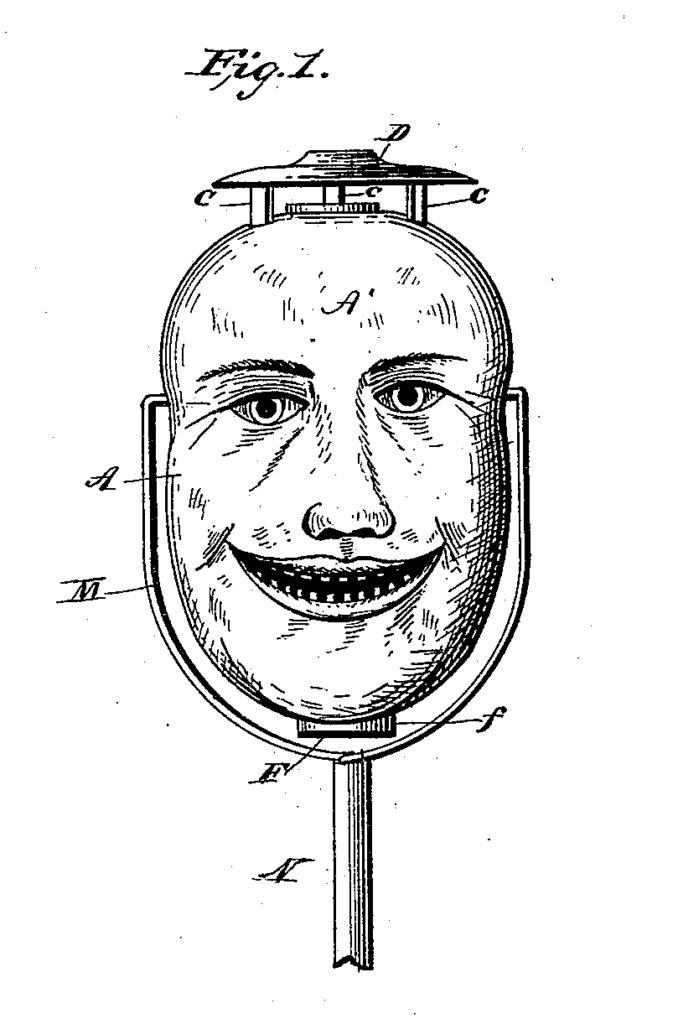In Celgene Corp. v. Mylan Pharmaceutics Inc., [2021-1154] (November 5, 2021) the Federal Circuit affirmed the dismissal of a patent infringement action against defendants, MPI and Mylan Inc. for improper venue, and against defendant Mylan N.V. for failure to state claim upon which relief can be granted.
After an giving an excellent summary of Hatch-Waxman Act litigation, the Federal Circuit recounted the history of the action. Celgene filed its first case in May 2017. The defendants-
appellees moved to dismiss for improper venue and failure to state a claim in August 2017. That motion was denied in March 2018 without prejudice so that the parties could engage in venue-related discovery.
After two years of that discovery, the defendants renewed their motion to dismiss. The district court concluded that venue was improper. Namely, the thin set of facts that Celgene had gathered after those two years—the presence of affiliated entities and employees in New Jersey—failed to show a “regular and established place of business” of the defendants in the district under 28 U.S.C. § 1400(b).
The Federal Circuit found that neither MPI nor Mylan had “committed acts of infringement” in New Jersey. The court noted that in Valeant, it said that “venue in Hatch-Waxman cases must be predicated on past acts of infringement.” For the purposes of the Hatch-Waxman Act, “it is the submission of the ANDA, and only the submission, that constitutes an act of infringement
in this context.” The question, then is where the submission occurred, and what acts it includes.
The Federal Circuit rejected the argument that the submission extends to whereever the generic drug woudl be marketed and sold. The Federal Circuit also rejected the argument that the submission included the act of sending the mandatory ANDA Notice, reiterating that it is the submission of the ANDA, and only the submission, that constitutes an act of infringement in this context.
The Federal Circuit also found that neither MPI nor Mylan had a regular and established place of business in New Jersey. There are three requirements for a regular and established palace of business: (1) there must be a physical place in the district; (2) it must be a regular and established place of business; and (3) it must be the place of the defendant. The third requirement was the relevant one in this case. The place of business must be “of the defendant, not solely . . . of the defendant’s employee.” Accordingly, “the defendant must establish or ratify the place of business,” and it is “not enough that the employee does so on his or her own.”
As to the third requirement, the Federal Circuit noted that it has discussed four non-exhaustive relvant factors:
(1) “whether the defendant owns or leases the place, or exercises other attributes of possession or control over the place”; (2) “whether the defendant conditioned employment on” “an employee’s continued residence in the district” or “the storing of materials at a place in the district so that they can be distributed or sold from that place”; (3) “a defendant’s representations” about that place, including advertisements; and (4) “the nature and activity of
the alleged place of business of the defendant in the district in comparison with that of other places of business of the defendant in other venues.”
17 of MPI’s and Mylan’s tens of thousands of employees live in New Jersey, but MPI and Mylan showed that it did not require or instruct those employees to live in New Jersey, or pay for their homes, or require employees to store materials in their homes, or pay for secretarial or support staff. The Court found that a roster of employees who live in the state, a handful of business cards with employee names and New Jersey home addresses, and two LinkedIn
profiles mentioning New Jersey were all too speculative to show ratification of those addresses by MPI and Mylan.
The Federal Circuit also found that two small storage lockers rented by MPI sales or marketing employees to store product samples are not places “of the defendant.” Nor do they bolster that the employees’ homes were such places. Those lockers are rented in the employees’ own names. They are used to intermittently store and access product samples. There is no evidence, in contrast, that they are used like warehouses—for order fulfillment, wholesaling, retail, or the like.
Overall, the Federal Circuit concluded that the employee-associated locations are not
a regular and established place of business of the defendants under § 1400(b).
The district court also concluded that, for Mylan N.V., Celgene had failed to state a claim upon which relief could be granted. That is, the ANDA that Celgene itself included with its complaint sought approval only on behalf of MPI. And Celgene’s pleadings with respect to the involvement of Mylan N.V. in that submission were simply too speculative and conclusory.
The Federal Circuit noted that MPI, not Mylan N.V., was the entity that signed and physically submitted the ANDA. Thus the question was whether Celgene sufficiently plead that (1) Mylan N.V. was actively involved in and directly benefited from the ANDA (including in the agent–principal sense) or (2) MPI acted as Mylan N.V.’s alter ego in derogation of the corporate form.
The Federal Circuit found that Celgene’s pleadings fail under either theory.
As to the denial of leave to amend the Complaint, the Federal Circuit said that Celgene’s allegations in its complaint were conclusory and insufficient. It knew the basis for their deficiency for years, as the district court correctly concluded, yet made no attempt to amend them in a timely manner. Nor has Celgene argued on appeal that it showed good cause. In
our view, then, the district court did not abuse its discretion in denying Celgene’s request for leave to amend its complaint.









